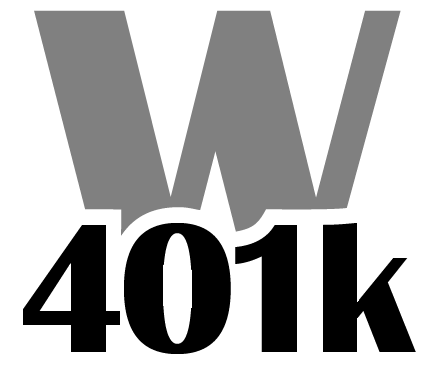Log In to WorkerFringe, WorkerServices, and Worker401k is via the secure Advantage Resource Single Sign On (SSO) Portal.
Employer-Employee Relations
The best thing a company can do to attract and retain good employees is to be a good place to work. No benefits package, amount of compensation, training program, or supervisor awareness process can ultimately benefit a company if it first isn’t a good place to work.
One way an employee feels their company is a good place to work is if they feel they’re being treated fairly, and they generally know “what’s going on”. This is especially true regarding benefits.
Most employees do not fully realize the employer’s cost of providing a proper benefits program. Employees often think:
- The cost of health insurance is what comes out of their check. They may say “my family health insurance costs $150 a week” and often not realize the actual premium cost is $1200 (or more) per month.
- Holiday and vacation pay is viewed as a right, not as a benefit.
- Insurance coverages that are not paid for through payroll deduction are “free”. This is common with group Life, Accidental Death & Dismemberment, Short Term and Long Term Disability policies, amongst others.
- 401(k) retirement plan matching contributions are being “bought” by the employee, since he or she has money taken out of their paycheck (deferral) to receive it.
We talk with, educate, and answer the questions of our customers’ employees because, by helping the employee, we’re helping the employer. We do this by:
- Mailing Employee Benefit Statements every month to each employee’s home (WorkerFringe). These statements detail the benefits earned, used, and accrued each month. Many employees do not realize the true cost of the benefits provided by their employer until they receive their first Monthly Benefit Statement.
- Welcoming employee questions. We encourage employees to call us. Our contact information is clearly printed on each Employee Monthly Benefit Statement, Benefit Plan Summary, and website.
- Providing access to WorkerServices, a one stop hub for written and video-based training and reference material
- Conducting live employee meetings and training.
Be a good place to work. Communicate “what’s going on” with your employees through clear, proactive, consistent channels, and allow the employees to do the work you need them to do.



